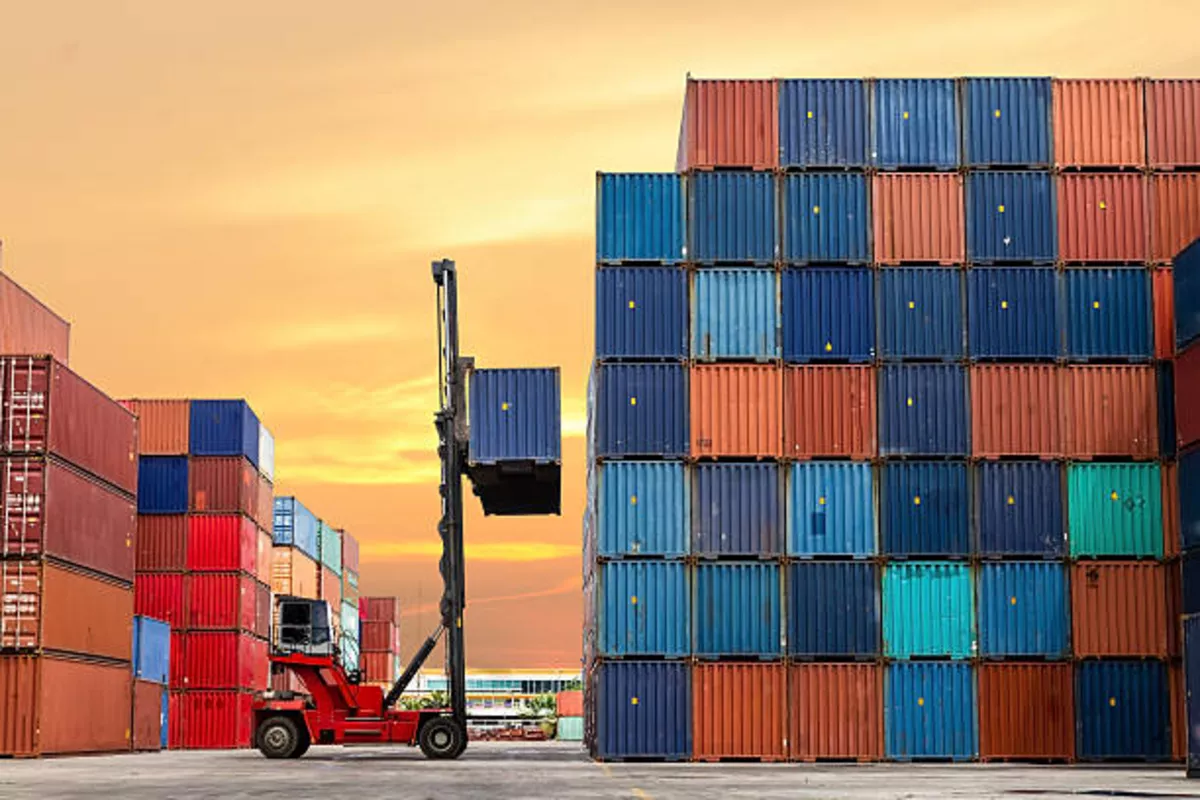
Photo: iStock
Kazakhstan is advancing the construction of five major cross-border trade hubs designed to enhance trade, logistics, and industrial collaboration with neighboring countries.
The progress was highlighted during a government meeting on July 1, chaired by Deputy Prime Minister and Minister of National Economy Serik Zhumangarin, The Caspian Post reports, citing Kazakh media.
The Alatau Industrial Trade and Logistics Complex, located near the Kyrgyz border, has selected its managing company, ROMSEY HOLDINGS KZ, with $200 million in planned investments. Ten projects are currently in development, including the processing of oilseeds, wheat, plastics, and vegetables, as well as the production of cable and porcelain. Launch is planned for the second quarter of 2026, reported the Prime Minister’s press service.
At the Central Asia International Industrial Cooperation Center on the border with Uzbekistan, construction is underway on eight production buildings. Projects include the manufacturing of medical products, PVC goods, drip irrigation systems, and cotton processing. The site will also host future projects in textiles, rice processing, logistics, and food production. The launch is expected in the fourth quarter of next year.
In the Mangystau Region, the Caspian Hub is taking shape with the launch of the first phase of a container hub at the Aktau port on June 9. The facility will increase container capacity from 70,000 to 240,000 TEUs and provide full container handling and rail infrastructure. Completion is planned by December 2026. A multifunctional maritime terminal is also under construction at the Kuryk port, led by investor SEMURG INVEST.
The Eurasia Cross-Border Trade Center, located near the Russian border, has begun developing an industrial zone managed by AQJAIYQ Social and Entrepreneurial Corporation, with an asphalt plant already under construction. However, officials noted the lack of infrastructure and a clear development concept. Kazakh Invest was tasked with evaluating the current state and future vision of the hub.
Similar challenges exist at the Khorgos International Center for Border Cooperation with China, a key part of the Belt and Road Initiative. Out of 45 projects planned in the Khorgos Special Economic Zone, valued at 258 billion tenge (US$496.8 million), 25 are already under development, accounting for more than 213 billion tenge (US$410.1 million).
The meeting also addressed the proposed Kolzhat International Digital Transport and Logistics Hub and an Agro-Industrial Zone in the Uyghur district.
By Aug. 1, government agencies must submit comprehensive development concepts for both the Khorgos and Eurasia hubs, outlining their strategic roles in Kazakhstan’s economy and international logistics, as well as funding requirements.
Share on social media